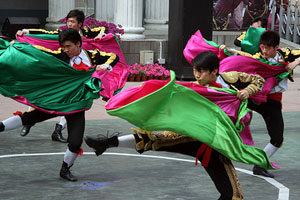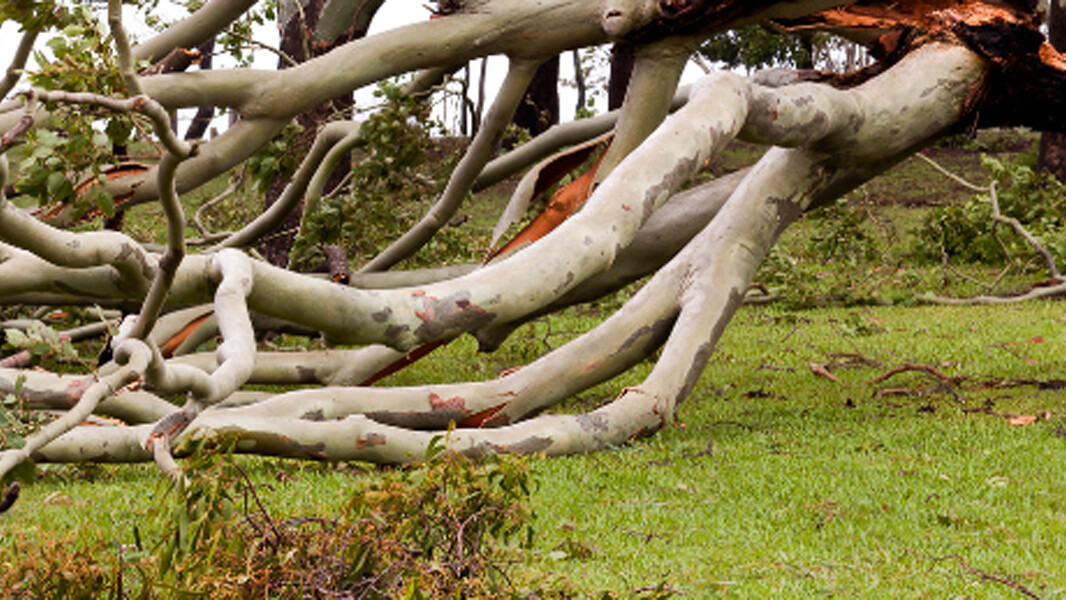
Okay, despite what my mates thought, espalier is NOT a Spanish bullfighter, tropical disease or foreign currency, but a fantastic way to grow trees (including a load of luscious fruit) in smaller spaces. But, a word of warning… while it is a great idea, it does require regular work, and is definitely not recommended for the lazy gardener, or those scared of secateurs.
Essentially, espaliering trees is a way of making them two-dimensional rather than three. Yup, I know that it sounds like we are defying the laws of science here, but espaliering is all about maintaining the height and width of a plant, while reducing the depth (I guess that’s also what I am trying to do at pilates!). It’s also a great way of maximizing the productivity of a warm sunny spot along a wall or a fence. Effectively, it means you can grow what is normally a big tree (or two) in a much smaller space… how good is that?
So how do we do it? Well, you need to pick a nice, sunny spot as almost all trees (especially fruiting ones) will perform best in this type of location (north facing walls are fantastic). Attach either wires, or pre-fabricated trellis frame to the face of the structure, making sure the fence/wall/shed can tolerate a bit of weight (it will be supporting a tree after all!). If the fence or wall is prone to getting particularly warm (think bricks or colourbond/galvanised steel) you may need to build a trellis frame and sit this about a foot in front of the surface, as this will stop the plant from cooking in the summer heat.

What now? Now that you’ve picked your spot, you need to consider what shape you would like your espaliered tree to take – essentially this is a choice between formal and informal. Formal espaliered are highly regimented, and can take a little more hair cutting and training than informal, but they look great. Informal espaliers can take whatever shape you like, and you can get really creative with this! For beginners, the easiest (and most common) type of espalier is a three wire system, with the wires attached to the structure, and positioned about 30cm apart.
Select a tree that lends itself to being grown “flat”, meaning that it a two nice strong horizontal branches, and a strong, straight trunk. It’s time to get ruthless, and chop off any unnecessary branches, twigs and the like… yes, it can be heartbreaking, but you’ll benefit from it in the future! Cutting back the remaining branches will also encourage new growth, which is super important if you want the tree to fruit! The middle stem (or central leader) should be allowed to eventually reach the top wire, or wherever you would like the top of your espalier to be, but, when planting, cut this middle stem back to the second wire, leaving buds facing the wire. These will become the next “layer” of branches next season. Repeat this in the third season, cutting back the central stem to the third wire, and so on.

The branches then need to be attached to the wire or trellis, using flexible clips or old stockings. Ensure you do not do these up so tight that you amputate the branches or trunk… that would be a very bad look indeed!
And then what? Generally, fruit trees are pruned back quite hard over winter, to promote great growth and fantastic fruit come spring. This is no different for espaliered trees, although a couple of prunes during the warmer months (growing season) will also assist in maintaining and training, and should result in a great looking espalier in years to come. It’s a good idea to prune off branches that are growing straight upwards to 2 – 3 buds, leaving about a hand’s breadth of space between them. These buds should yield fruit in coming years. You may need to completely remove those branches that are closer than that. Just be aware that some fruit trees bear their fruit on 2 to 3 year old wood, so don’t get too enthusiastic and cut off all your fruiting wood! And, get into espaliering… Ole’!
Related Articles:
Pest Alert: Polyphagous Shot-Hole Borer (PSHB)
The Polyphagous shot-hole borer (known as PSHB; Euwallacea fornicates) is a pest first detected in Australia 2021 in metropolitan Perth. Native to…
Why Living Trees Suddenly Fall Down
It is quite common that in winter or after big storms we wonder why living trees suddenly fall down. In June 2021 in Victoria, savage storms swept…


